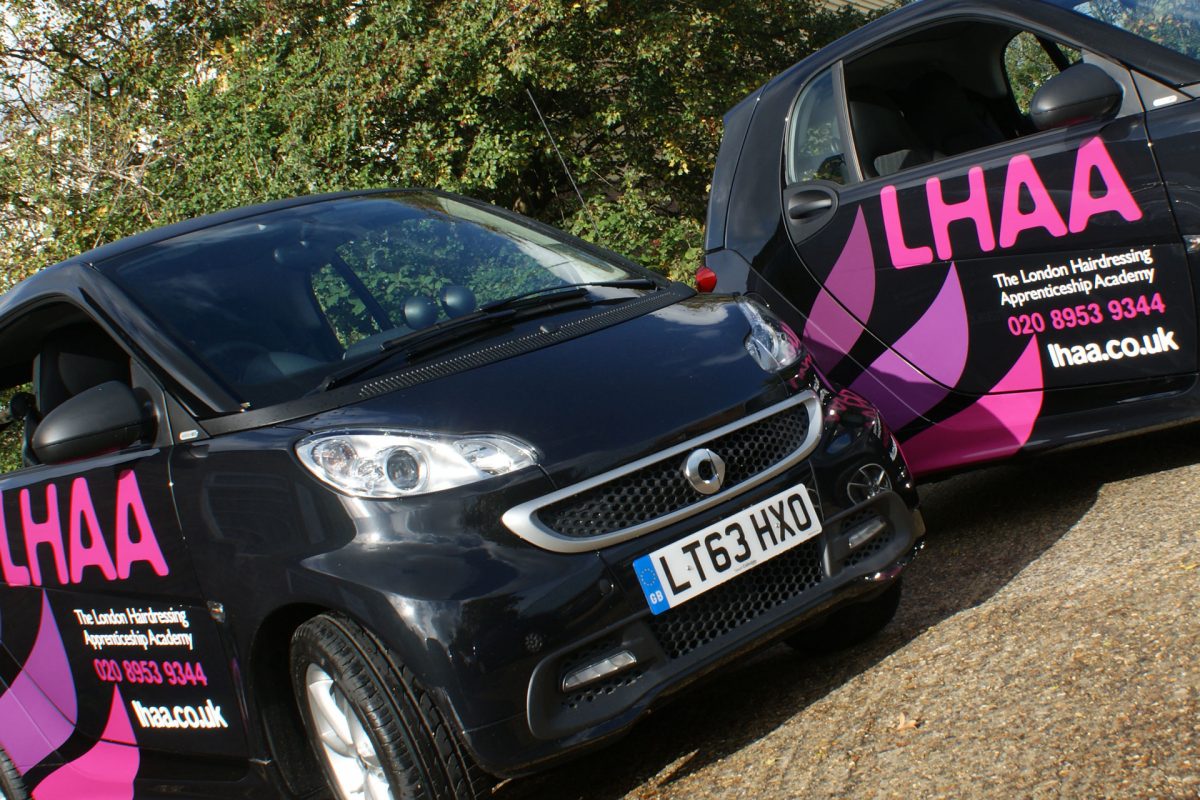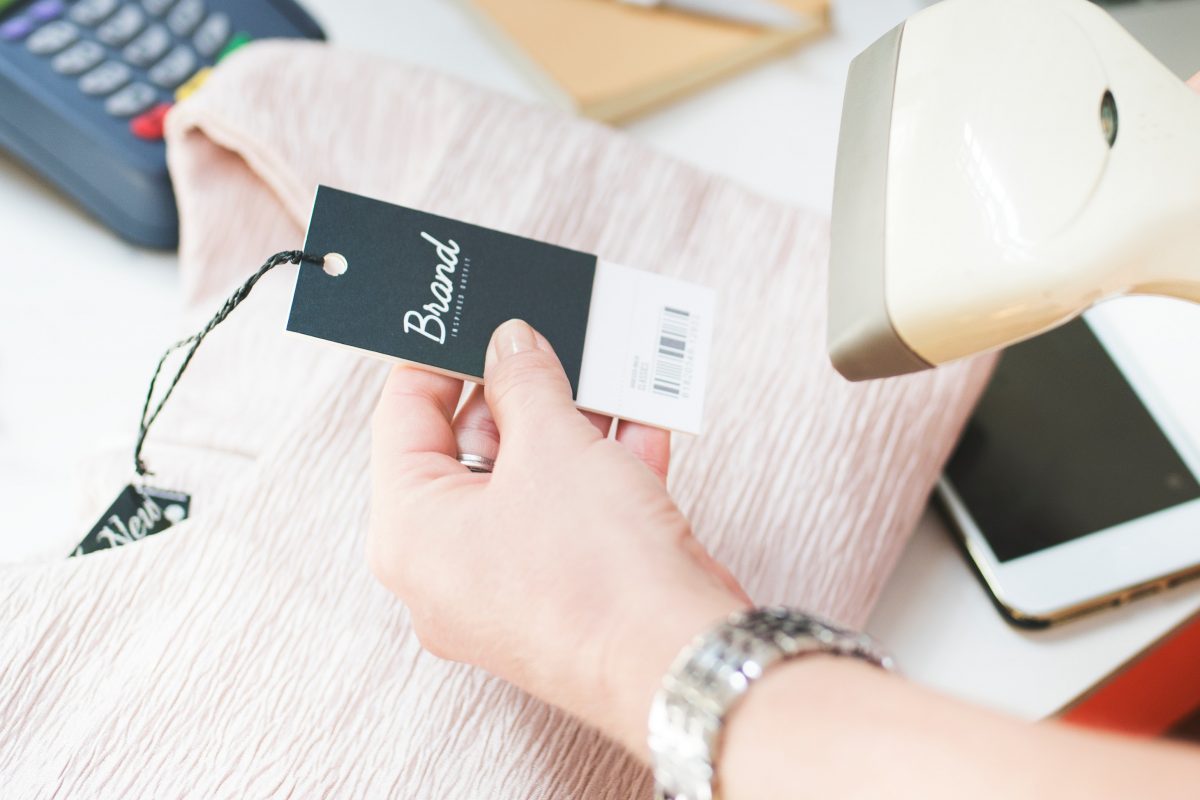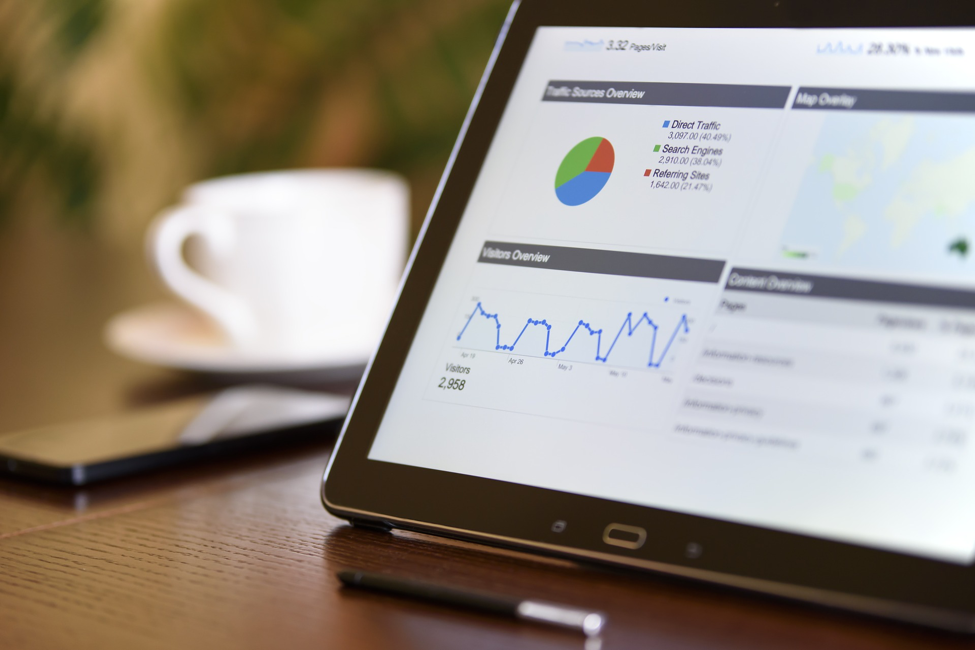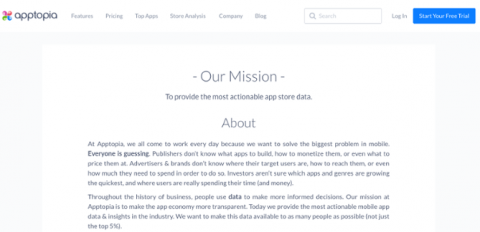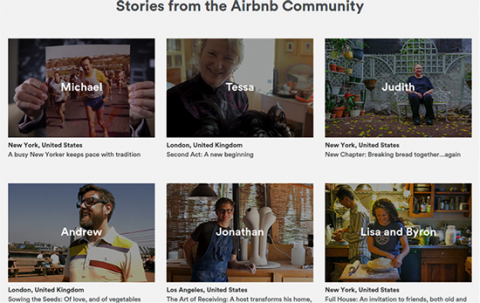Sometimes we find clients are confused with the terms ‘marketing’ and ‘branding’, and how they’re different. Both are important, often difficult to master and incredibly rewarding for your business. Each requires different planning, research and execution. Read on to find out the basics of approaching each.
Creating an emotional response
Everything your company does on the surface should be aiming to get some kind of emotional reaction from your audience. Whether it’s marketing or branding, the response you’re looking for should be in line with your product and market. Research is essential for discovering how you should be approaching your target audience, so it’s important that you have a good idea of what you’re doing before you start.
Marketing
As an example, take an ad campaign including a countdown clock or CTAs to act on an expiring deal. It aims to get a stressful response from the audience, and this will push them to buy your product sooner rather than later. However, creating a stressful response through branding works for only a few companies. These tend to be exclusive and high-end companies who are selling an image, not just products.
Branding
Your branding should be aiming to get one or two responses from your audience and convey one main image overall. It’s the difference between a fun little flower shop in a small village and a high-end high street florist. Your branding should align with both your product and your target market.
There’s no point trying to sell wedding packages if you’re a florist in an area with no wedding venues, so you shouldn’t market yourself as a wedding specialist. However, you can brand yourself as an affordable place to buy seeds, bulbs and fresh cut flowers and have your staff, signage and website reflect this.
Marketing your brand
Every marketing effort of your company should be in line with your brand values and goals. You should aim to create campaigns which show your business off in the best way and compliment your existing branding.
Take our example of a local flower shop. Yes, their ‘high-end’ wedding package might be marketed differently to their regular packages. But that doesn’t mean that their brand values are lost in the messages.
One of their values might be ‘providing high-quality flowers at an affordable price’. Marketing this wedding package can be done in such a way that your message isn’t lost on the customer. Continuing to convey exactly what your brand values are while switching up how people view your business through one advert is a great way to target specific groups of people.
There’s always a bit of wiggle room in the way you can market your business. Align your marketing and branding to keep it consistent, but don’t be afraid of switching up your advertising to keep things fresh and try out new ideas.
Marketing Tools
At its most basic, marketing is every tool you use to get your brand out there. This extends to:
- Websites
- Blogs
- SEO
- Social media
- Email marketing
- Print ads
- Pay Per Click campaigns
- TV and radio ads
These can change constantly. How you advertise is should always be changing to keep up with trends, competitors and the needs of your audience.
The tools and how you use them for your business will be unique to you, and you should do the appropriate research to justify them. This is how you gain and retain customers, sell product and increase brand awareness.
Branding Tools
Branding tools shouldn’t be confused with marketing tools. Different branding tools include:
- Corporate colours
- Logo
- Staff uniform
- Font and style guide
- Promises, values and goals
- Customer service
Of course, all of these branding tools can (and should) be used in your marketing. They should be as unique to your business as your advertising is, so it’s important to think carefully when branding or rebranding your business.
If you need help with branding or rebranding, don’t hesitate to contact our friendly team. We’re always happy to help. Alternatively, check out some of our other blogs on branding


